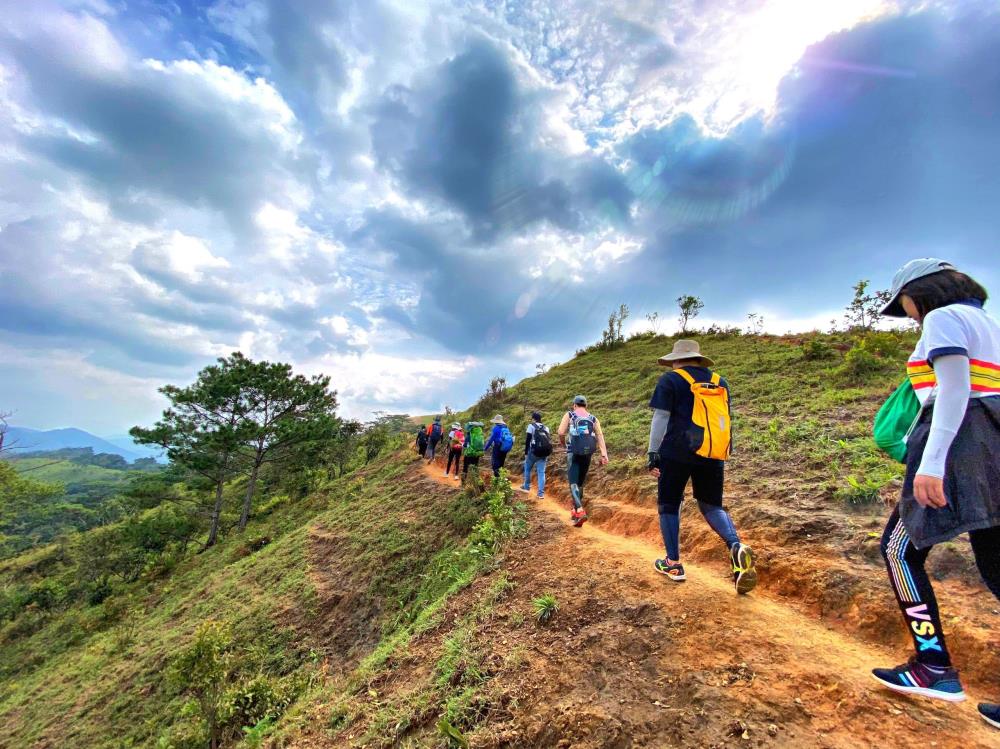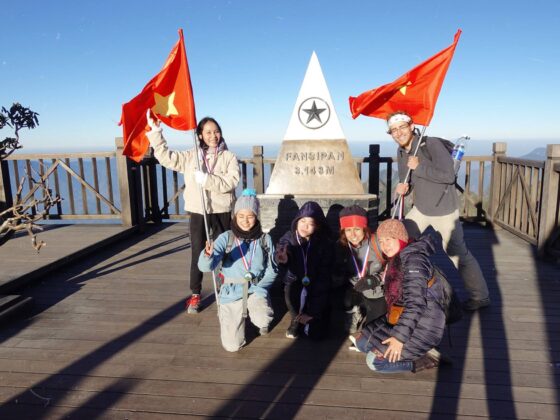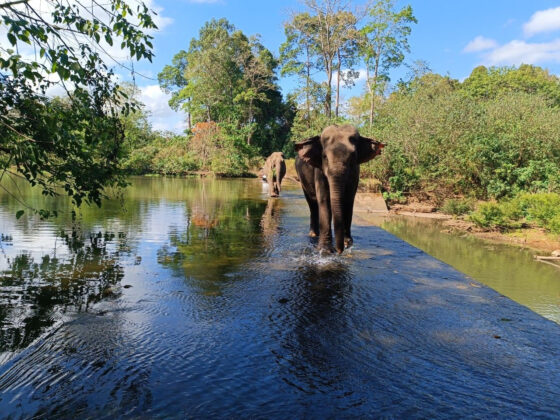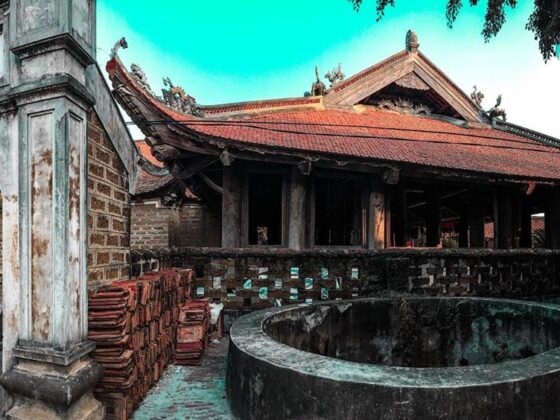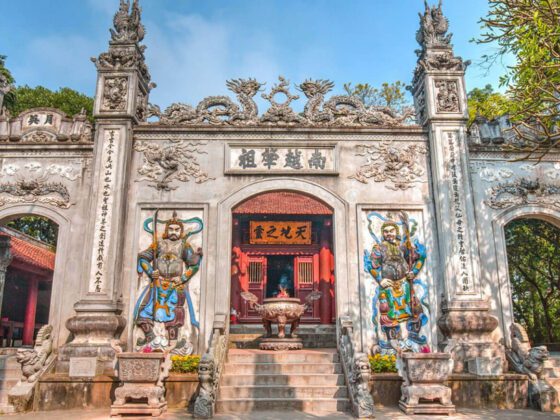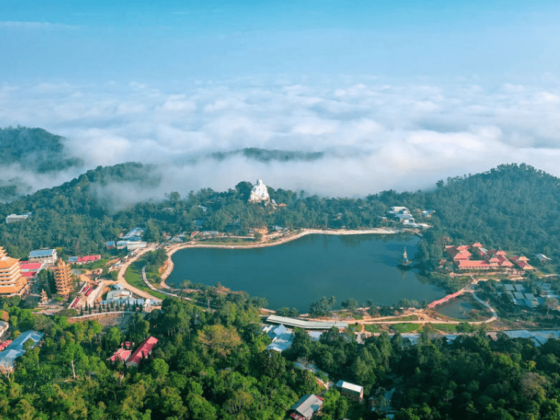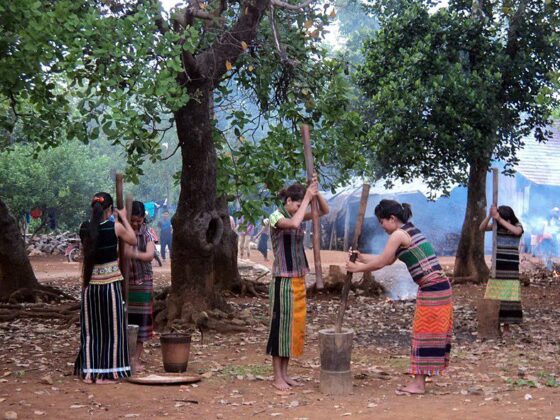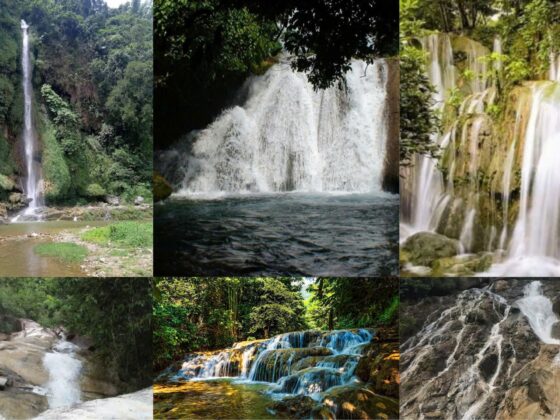Table of Contents Show
The Central Highlands gong culture is one of Vietnam’s most mesmerizing and sacred traditions, offering travelers a rare chance to connect with the soul of Tây Nguyên. More than just music, the gong is a voice of the ancestors, a rhythm that ties generations together, and a living symbol of community.
In this article, we’ll take you deep into the villages of the Central Highlands, where firelight, dance, and ancient melodies create an unforgettable experience that blends adventure with culture.
Read more interesting posts here:
- Built for Wanderers: The Story of Our Local Exploration App
- Strong, Soft, and Solo: A Guide to Self-Discovery Travel for Women
- A Local’s Guide to Non-Touristy Places in Vietnam: Beyond the Brochures
The Heartbeat of the Central Highlands Gong Culture
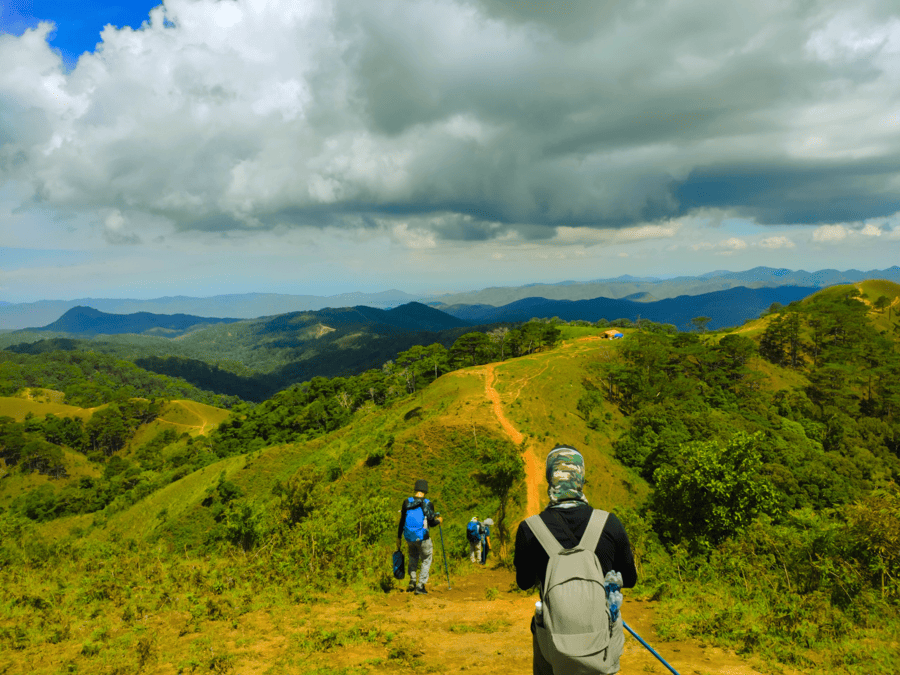
Adventure is not always measured in ridges crossed or peaks climbed. Sometimes it is found in the pulse of a drum, the rhythm of a gong, and the warmth of a fire shared with strangers who quickly become family. In the Central Highlands of Vietnam, the gong culture of the Ê Đê, Ba Na, and Jarai peoples is more than performance, it is life itself. Recognized by UNESCO as an Intangible Cultural Heritage of Humanity, the Central Highlands gong culture is an invitation to step into the very heart of Tây Nguyên’s spirit.
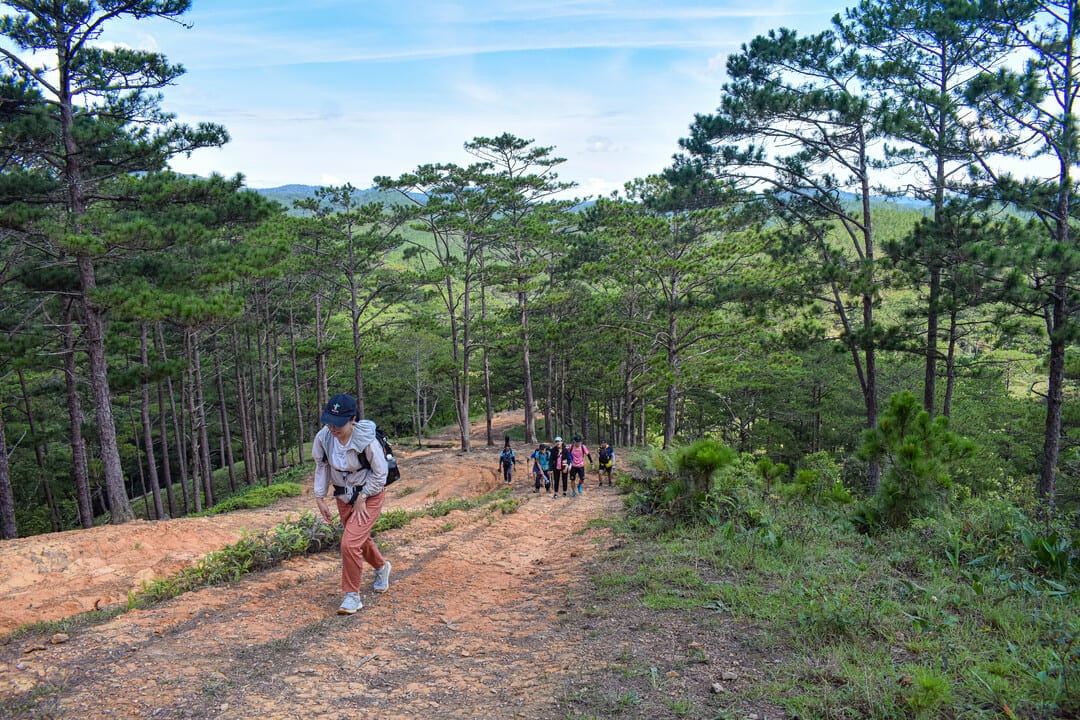
The journey often begins in Gia Lai or Đắk Lắk, where red-dirt roads cut through vast coffee plantations and pepper farms. Villages here are clusters of stilt houses, their tall roofs rising like boats against the horizon. When dusk falls, the air cools, and the community gathers. A fire is lit in the village square, its sparks drifting into the night sky. Then the gongs begin, signalling the start of a traditional Central Highlands gong culture celebration.
The magic of gong performances in the Central Highlands
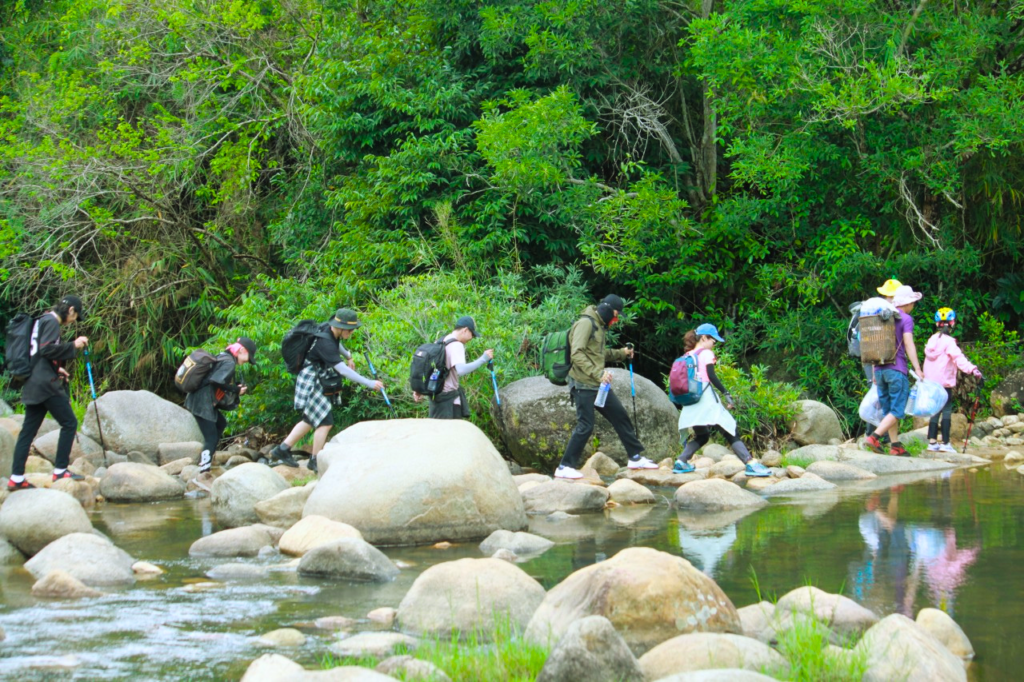
Physically, the music of the gongs feels like movement itself. Large bronze gongs, some as wide as a man’s shoulders, are struck in patterns that layer and weave together. The vibrations are not just heard but felt, resonating in the chest, echoing through the ground. The players move in a circle, the rhythm rising and falling like breath.
For travelers, joining the dance can be both exhilarating and humbling. Your feet may stumble at first, but soon laughter breaks the awkwardness, and the beat carries you along, a reminder that rhythm belongs to everyone, not just musicians, truly capturing the essence of Central Highlands gong culture.
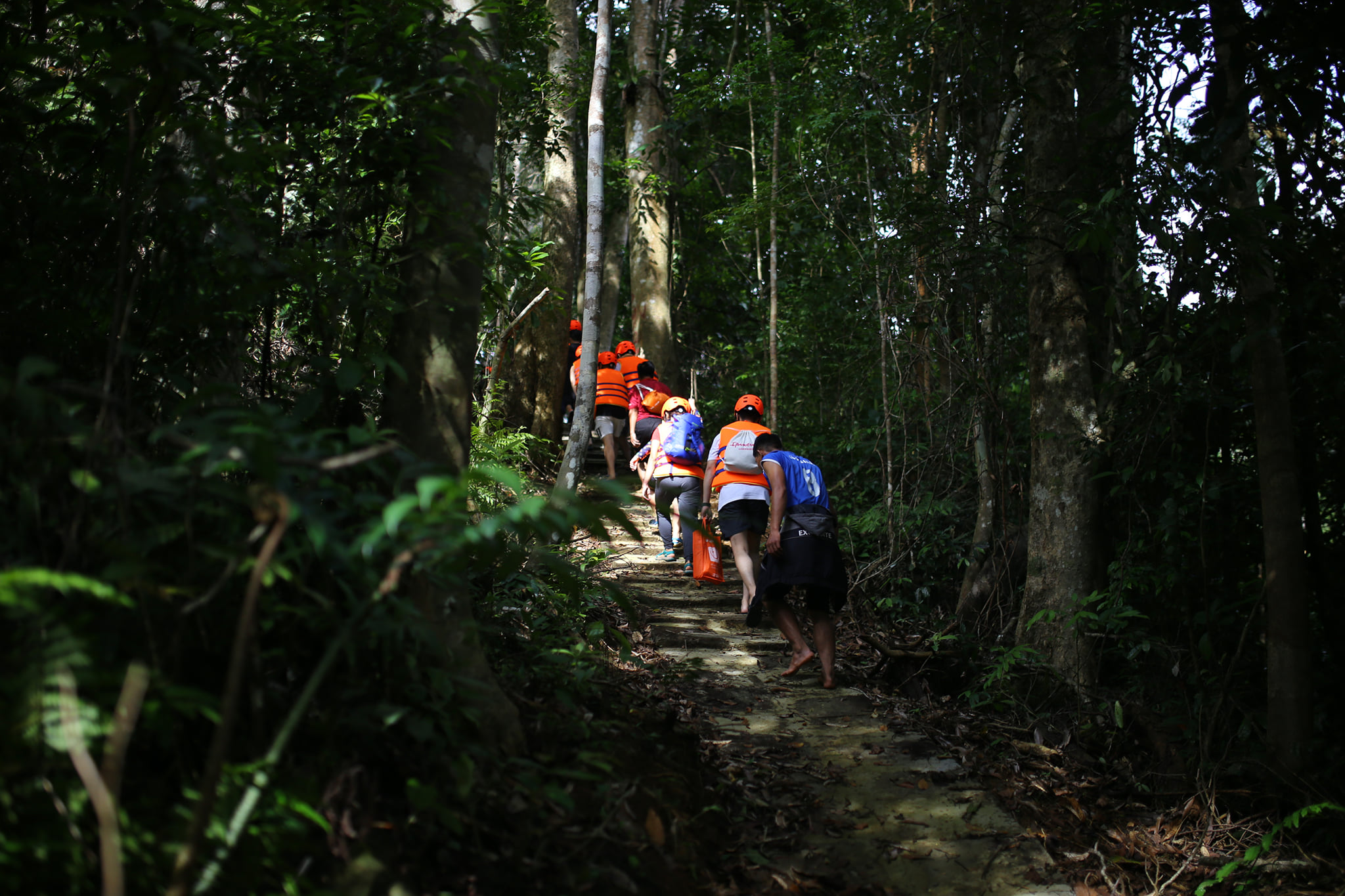
The emotional power of a gong night is profound. Around the fire, villagers sing call-and-response songs, children clap along, and elders share stories that tie the present to the past. There is joy, but also gravity. Gongs are not mere instruments, they are sacred.
Each one has a soul, believed to carry the voice of ancestors and spirits. When played together, they create harmony not only of sound but of community. To hear them is to feel the heartbeat of the Highlands, ancient and unbroken, a core element of the Central Highlands gong culture.
Gongs and cultural heritage in the Central Highlands
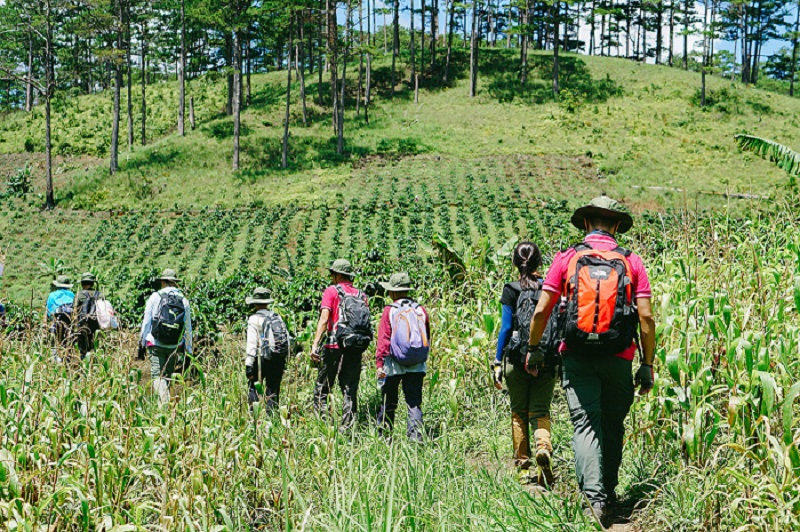
Culturally, the gong tradition is woven into every stage of life. Births, weddings, harvest festivals, and funerals are all accompanied by the sound of gongs. Historically, gongs were cast and traded across Southeast Asia, but in Tây Nguyên they became something deeper: symbols of wealth, identity, and spirituality. Families still pass them down through generations, guarding them as treasures equal to land or livestock.
The government and local organizations now work actively to preserve this heritage, supporting village troupes and festivals so the Central Highlands gong culture remains central to community life rather than fading into museum pieces.
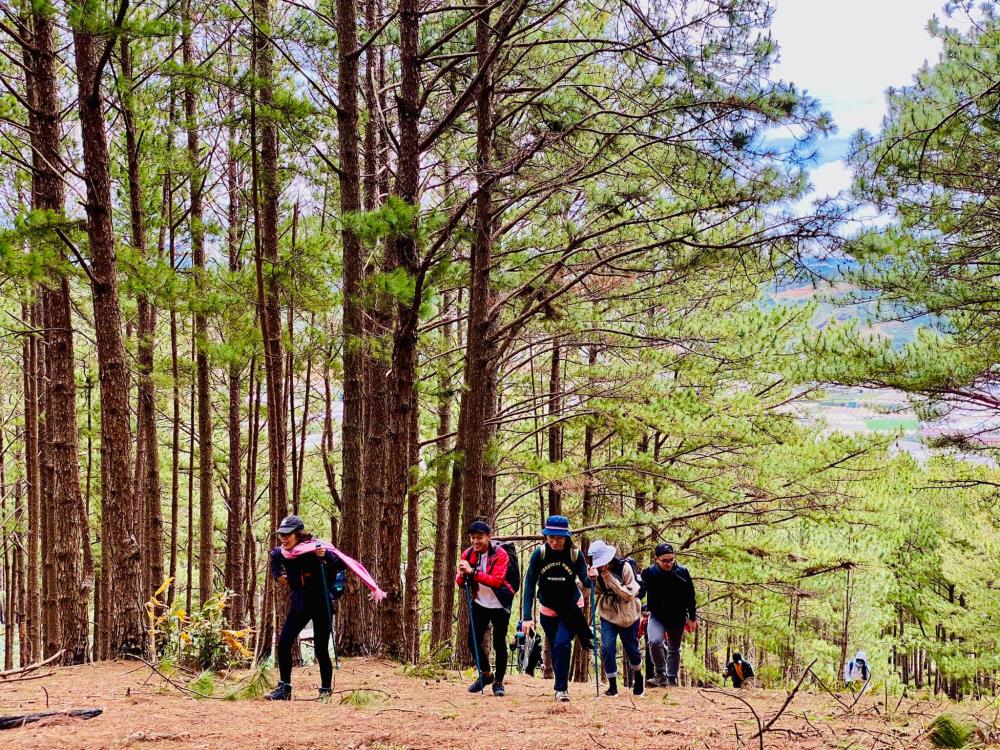
For travelers, evenings in these villages often include more than music. You may be invited to share rượu cần, rice wine sipped communally through long bamboo straws from a clay jar. Its warmth spreads quickly, loosening conversation and laughter.
Meals might feature bamboo-cooked rice, forest greens, and grilled meat, flavors as earthy as the soil. Sitting cross-legged beside villagers, you realize that you are not an observer but a participant, folded into a ritual that has carried centuries on its back, an integral part of experiencing Central Highlands gong culture.
The lasting impression of a Central Highlands gong culture

When the music fades and the fire burns low, silence settles over the village, broken only by cicadas and the soft murmur of the wind through the stilt houses. You lie down on a bamboo mat, the night cool around you, and the vibrations of the gongs still hum faintly in your body, a lingering memory of the Central Highlands gong culture.
Leaving Tây Nguyên the next day, the red dust clinging to your clothes, you carry more than memories of sound. You carry the understanding that adventure is also cultural — that to walk into a gong night is to step into a living tradition, one that teaches harmony not only in music but in life. In the Central Highlands, the spirit of the gong is not a performance. It is a heartbeat, steady, timeless, and alive, embodying the true essence of Central Highlands gong culture.
Conclusion
The Central Highlands gong culture is more than an art form; it’s a living, breathing tradition that embodies the soul of Tây Nguyên. From the powerful rhythms of bronze gongs to the warmth of shared meals and rice wine, every moment offers travelers a chance to connect deeply with local communities.
By experiencing a gong night, you don’t just witness history, you become part of it, carrying its echoes long after the music fades. For anyone seeking a cultural adventure in Vietnam, the Central Highlands is where tradition and humanity meet in perfect harmony.
Join our vibrant community on Facebook to share your trekking stories and tips, and don’t forget to like the ExoTrails Fanpage for the latest updates and exclusive offers!
FAQs
What is the gong culture of the Central Highlands?
The Central Highlands gong culture is a sacred musical tradition of ethnic minority groups in Tây Nguyên, recognized by UNESCO, where gongs are played in rituals, celebrations, and daily life as symbols of community and spirituality.
Why is the gong tradition a UNESCO heritage?
The Central Highlands gong was recognized by UNESCO as an Intangible Cultural Heritage of Humanity due to its profound spiritual, historical, and artistic significance, representing the living heritage of the region’s ethnic groups.
Where can I see a traditional gong performance in Vietnam?
You can experience traditional gong performances in various villages across the Central Highlands provinces, such as Gia Lai, Đắk Lắk, and Kon Tum, where the Central Highlands gong culture is still vibrantly practiced.
What are the ethnic groups of the Central Highlands?
The Central Highlands are home to numerous ethnic groups, including the Ê Đê, Ba Na, Jarai, Co Tu, and M’Nông, all of whom contribute to the rich Central Highlands gong.
What is the cultural significance of gongs in Vietnam?
In Vietnam, particularly within the Central Highlands gong culture, gongs are more than instruments; they are sacred objects believed to possess souls, communicate with ancestors and spirits, and symbolize wealth, identity, and community cohesion.

